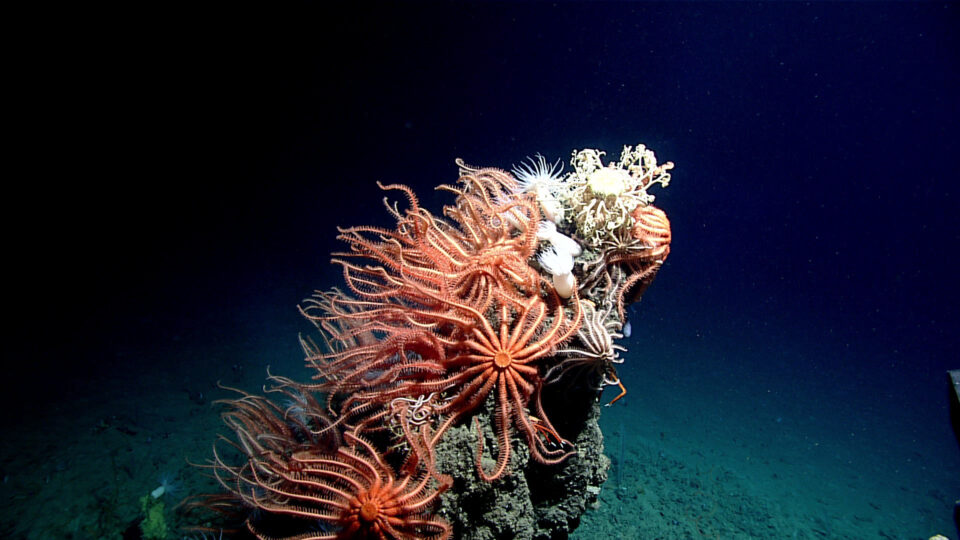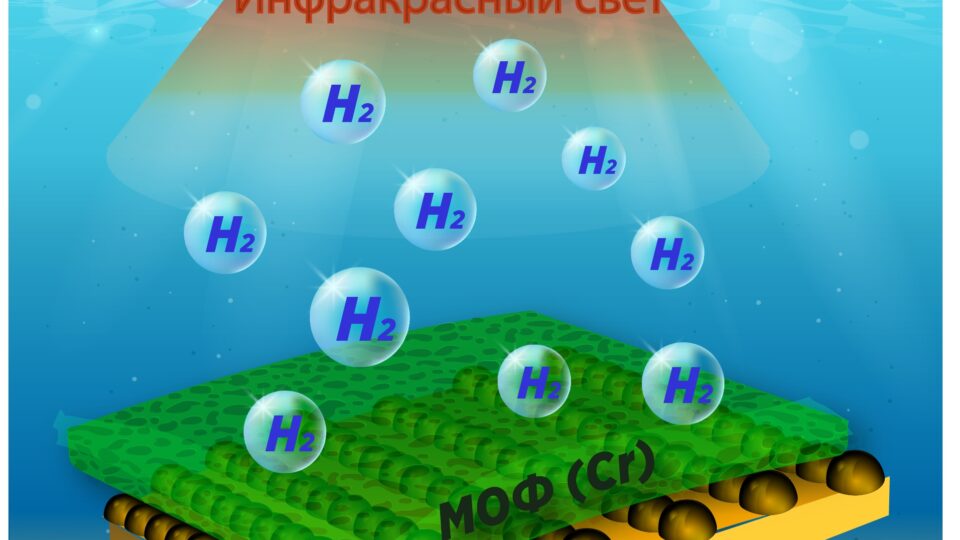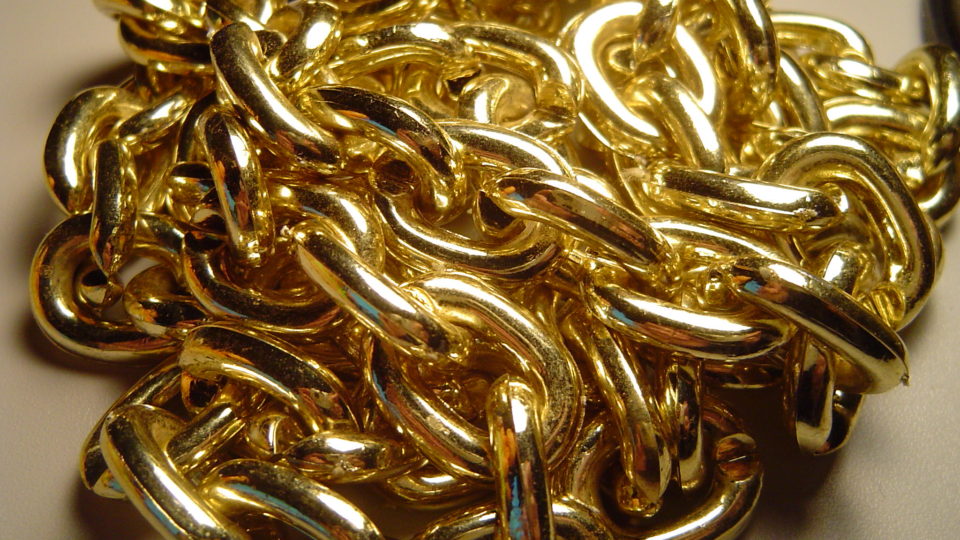Deep sea mining is the extraction of minerals from the ocean floor at depths greater than 660 feet and as much as 21,000 feet below the surface. Active or extinct hydrothermal vents on the ocean floor create sulfide deposits which collect metals such as silver, gold, copper, manganese, cobalt, and zinc. This forms polymetallic nodules – potato-sized rocklike deposits containing these valuable minerals. There are literally trillions of these things scattered over wide areas of ocean floor. The largest of these deposits are in the Pacific Ocean between Hawaii and Mexico in the Clarion Clipperton Fracture Zone.
Mining companies argue that land-based sources for valuable metals are running out and are critically needed for green technologies like batteries for electric vehicles and manufacturing solar panels and wind turbines. They also claim that mining in the deep sea will be less environmentally damaging than land-based mining.
The deep sea is viewed by many as kind of a watery desert but there are actually diverse and rich ecosystems down there. Most of the animals living in the depths are tiny, but that doesn’t make them any less important. Many can live for a very long time. Some invertebrates live for thousands of years.
There are currently no commercial deep sea mining operations underway. Many countries have outlawed them.
The deep seas are the last mostly unexplored part of the Earth. Deep sea mining will unquestionably be highly destructive to these environments. We don’t really know what the impact of widespread deep sea mining might be, but the world continues to edge ever closer to allowing it to happen.
**********
Web Links
Can We Mine the World’s Deep Ocean Without Destroying It?
Photo, posted March 30, 2018, courtesy of the NOAA Office of Ocean Exploration and Research via Flickr.
Earth Wise is a production of WAMC Northeast Public Radio






